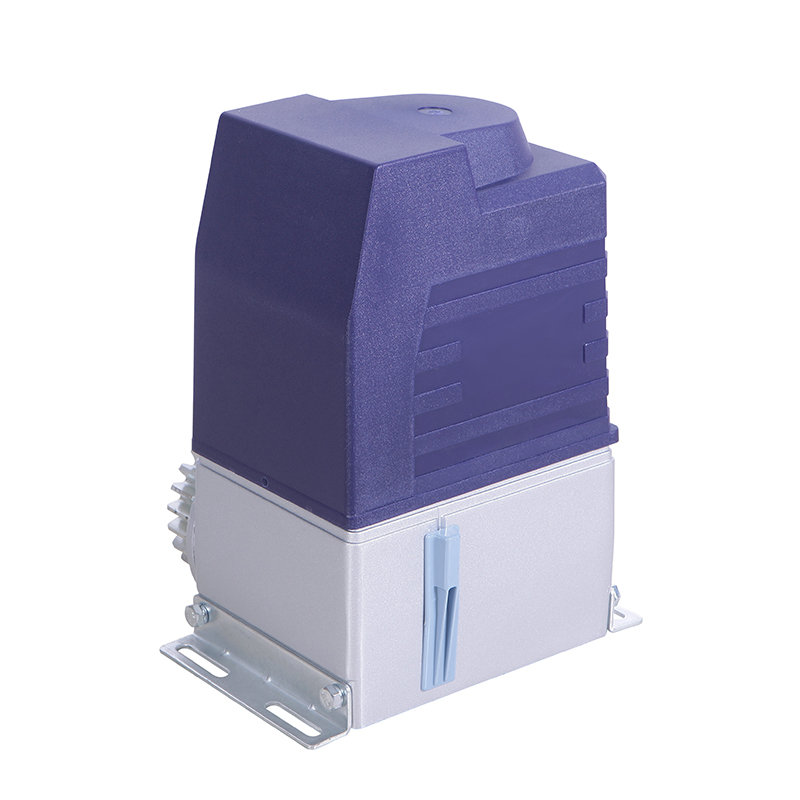The automatic sliding gate industry serves a critical role in providing convenience, security, and access control solutions for residential, commercial, and industrial properties. However, manufacturers in this sector face various challenges that require strategic navigation to ensure continued growth and success. In this article, we delve into some common challenges faced by manufacturers in the automatic sliding gate industry and explore strategies to overcome them effectively.

1. Technological Advancements and Innovation
Challenge: The rapid pace of technological advancements requires manufacturers to continually innovate their products to stay competitive. This includes integrating smart features, enhancing security protocols, and improving energy efficiency.
Strategy: Manufacturers must invest in research and development to stay abreast of emerging technologies and consumer preferences. Collaborating with technology partners and fostering a culture of innovation within the organization can facilitate the development of cutting-edge solutions.
2. Market Competition and Differentiation
Challenge: The automatic sliding gate market is highly competitive, with numerous manufacturers vying for market share. Standing out from competitors and effectively differentiating products is essential for success.
Strategy: Manufacturers can differentiate their offerings by focusing on unique features, customization options, and value-added services. Building a strong brand reputation for reliability, quality, and customer service can also help attract and retain customers in a crowded market.
3. Regulatory Compliance and Standards
Challenge: Manufacturers must adhere to various regulatory standards and safety requirements imposed by governmental bodies and industry associations. Non-compliance can result in legal repercussions and damage to the brand reputation.
Strategy: Staying informed about regulatory changes and proactively ensuring compliance with relevant standards is paramount. Establishing robust quality assurance processes and conducting regular audits can help mitigate compliance risks and maintain product integrity.
4. Supply Chain Disruptions
Challenge: Disruptions in the supply chain, such as raw material shortages, transportation delays, or geopolitical instability, can impact production schedules and lead to inventory shortages.
Strategy: Manufacturers should diversify their supplier base, establish contingency plans, and maintain open communication channels with suppliers to address potential disruptions promptly. Implementing inventory management systems and maintaining safety stock levels can also mitigate the impact of supply chain disruptions.
5. Cost Management and Pricing Pressures
Challenge: Fluctuations in raw material costs, labor expenses, and competitive pricing pressures can squeeze profit margins for manufacturers.
Strategy: Adopting lean manufacturing practices, optimizing production processes, and negotiating favorable terms with suppliers can help reduce production costs. Additionally, offering value-added services or bundling products with complementary offerings can justify premium pricing and maintain profitability.
6. Customer Expectations and Satisfaction
Challenge: Meeting and exceeding customer expectations for product quality, reliability, and performance is crucial for retaining loyalty and sustaining long-term success.
Strategy: Manufacturers should prioritize customer feedback and invest in continuous improvement initiatives to address pain points and enhance product features. Providing responsive customer support, warranties, and after-sales services can also foster positive customer experiences and loyalty.
7. Cybersecurity Threats
Challenge: With the increasing connectivity of automated systems, cybersecurity threats, such as hacking, data breaches, and ransomware attacks, pose a significant risk to manufacturers and end-users.
Strategy: Implementing robust cybersecurity measures, including encryption protocols, authentication mechanisms, and regular security audits, is essential to safeguard sensitive data and protect against cyber threats. Educating employees and end-users about cybersecurity best practices can also mitigate risks and enhance overall system security.
Conclusion
Manufacturers in the automatic sliding gate industry face various challenges, ranging from technological advancements and market competition to regulatory compliance and supply chain disruptions. By proactively addressing these challenges and implementing effective strategies, manufacturers can navigate the complexities of the industry, drive innovation, and deliver value to customers. By prioritizing quality, innovation, and customer satisfaction, manufacturers can position themselves for sustained growth and success in the dynamic and competitive automatic sliding gate market.